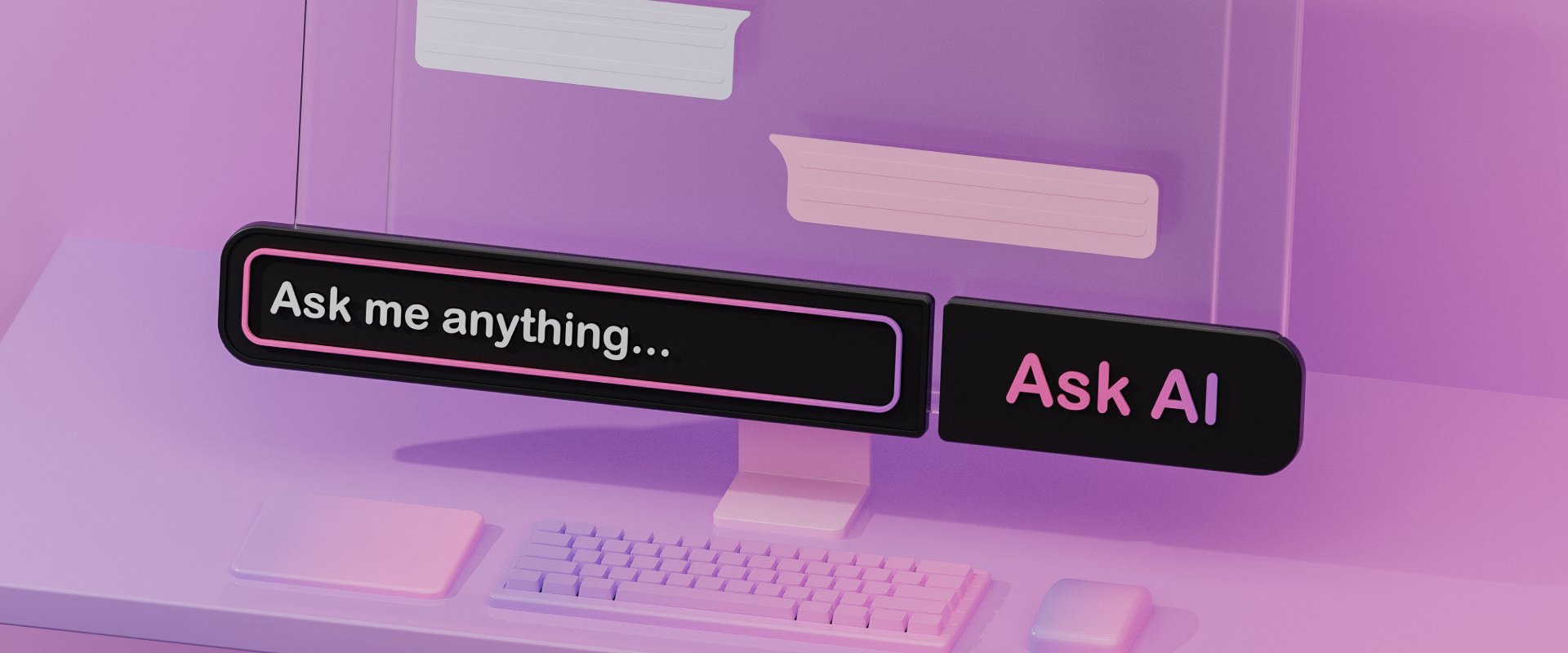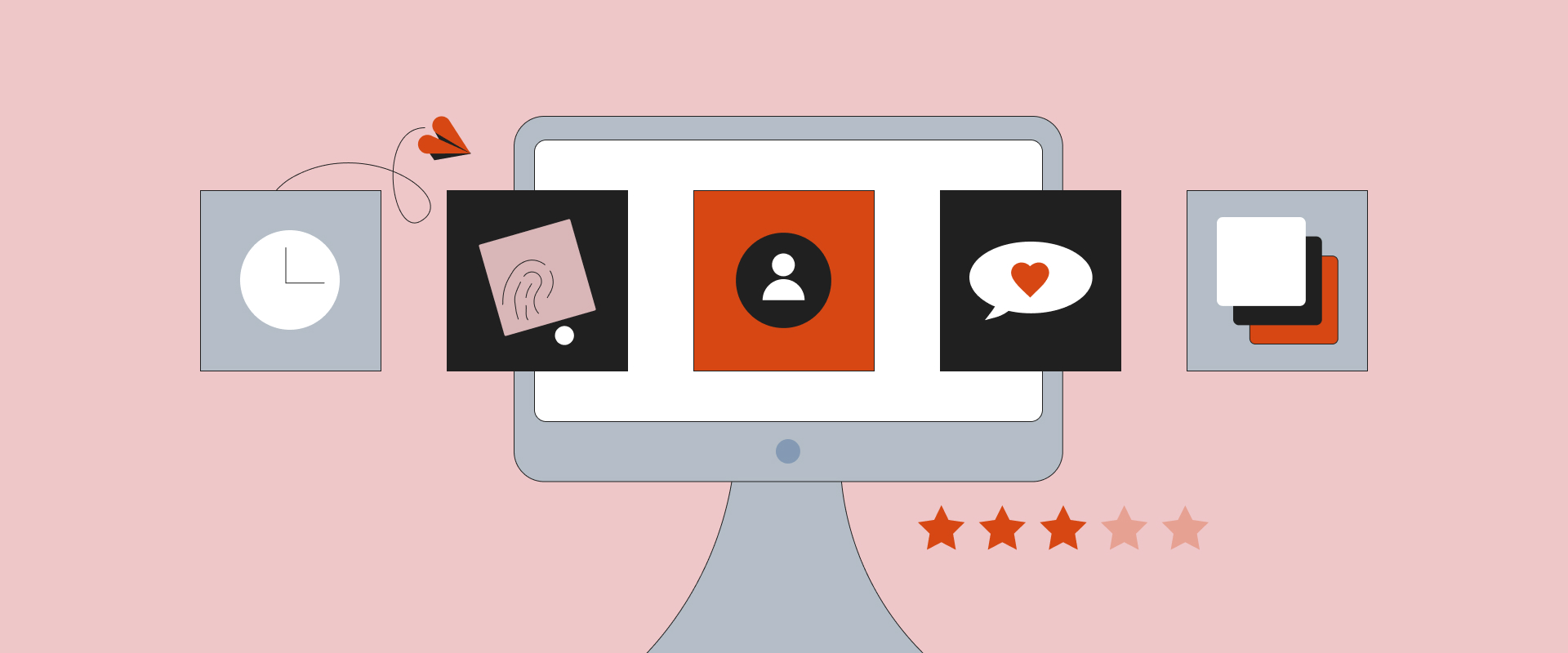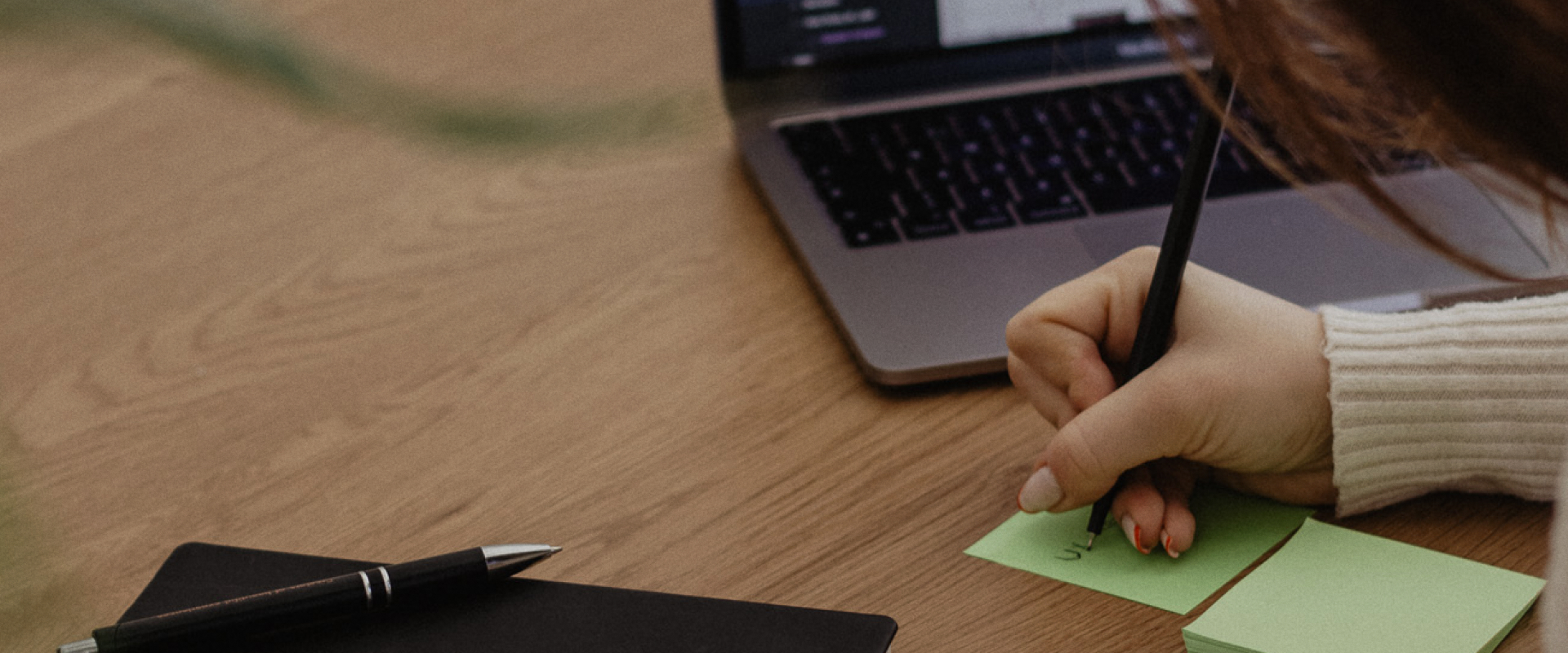How to Turn Research Insights Into Frameworks Digitally




From the Series “Managing your UX Research Remotely”. This is the second article in our series*, which is concerned with the transforming of UX Research workflows into digital processes. After explaining how we transferred our fully analog process of analyzing and organizing our research data into the digital world with the help of Dovetail, this article is all about how to turn research insights into frameworks such as personas, when working in a completely digital and remote setup.
Dovetail offered us a great solution for building a research library and optimizing our analysis process. However, we still needed tool support for our remote synthesis process, in which we bring all the insights and information together to create valuable take-aways in the form of frameworks such as UX Personas, Customer Journeys, Opportunity Boards etc. For this step of the process, we were looking for a tool that allowed us to transfer our process of working with post-its and poster blueprints into the digital world.
The tool we ended up with was more or less a workaround, which is not only easy to use but also quite fun to use: Miro (https://miro.com/). For those who don’t know Miro yet: Miro is a digital whiteboard collaboration tool, which lets you create notes — also our beloved post-its in digital form — and designs, move things around, and communicate through embedded video calls or online chats. For each project or purpose, a new board can be created that can be designed and structured the way you need it.
We have used Miro at COBE for quite some time already for a wide range of purposes. So, when we were faced with having to come up with a workaround for the synthesis process we turned to Miro out of habit and availability — and it turned out to be the best decision we could have made. Miro allows us to still set up the blueprints we work with for preparing our frameworks as we did when physically working together, but in an improved way. Why? Because, just like Dovetail, it can be accessed from everywhere at any time, which was a great advantage compared to our research room in the office.
But that’s not it: Miro combines the best of both the digital and physical world, since we can still follow the process we used to follow when working together physically (i.e., setting up a blueprint, arranging the information on it in form of post-its etc.), while being able to use features like delete, undo, or copy & paste etc to play around and see how frameworks could be best set up. This flexibility allows us to quickly develop and visualize different versions of frameworks, which makes it easier to decide which way to go.
In addition to the collaboration over Miro, we use Discord which offers the option of voice calls, as it is still easier to talk about stuff instead of writing back and forth. In Discord you can open up so-called “rooms” or you are in one-on-one “conversations”, which you can just enter and you can talk with each other on demand — you are constantly available as if you were sitting in the same room, but do not feel pressured to constantly talk with each other. Like this, we are able to work together on the Miro board and in case we need to discuss or clarify anything, we can just talk with one another over Discord. This turned out to be a really good way of collaborative working for our synthesis process.
The linking features in Miro also allow us to visually link information and thus get a better overview over the interrelations of insights. We can also include images to gain a better understanding of the bigger picture. Furthermore, by already setting up the information and the content of the frameworks in a digital form, it is easier for our designers to later transfer the content into the final design (i.e. a digital poster) and it makes it easier for us to be more precise when defining scales and ratings.
Like Dovetail, Miro also served as a space for documenting and storing insights to access it later on — another benefit compared to the physical blueprints, which we basically just threw away after a project was completed.
Another convincing advantage of Miro is that — especially in direct comparison to Dovetail — it is great fun to work with: Being able to highlight information with different colors, linking pieces of information together to visualize how they correlate, and tweaking things is so much fun that you really have to be careful to not get carried away or lose yourself in all the amazing details.


However, Miro was not only great for creating frameworks out of existing insights. It also helped us conduct remote interviews.
We usually conduct the interviews at people’s homes or the place of usage of the product or service we’re interviewing them about. With COVID, personal interviews were off the table, and we had to find other solutions.
While video calls basically did the job, they don’t allow us to get additional information about the living situation or the surroundings of the place of usage you normally get when physically visiting a place. This information is quite useful for getting a better and holistic understanding of the participants, their needs, the circumstances, etc. and helps us to better interpret and classify the information we get. Also, we often bring material with us that we show participants during interviews and that we ask them questions about.
Now, while Miro couldn’t help us with the first problem of not being able to experience the participant’s environment, it did help us with integrating material into the interviews. With Miro, we don’t have to share our screen while interviewing, but can simply share a Miro board with the participants to see how they interact with certain information, how they navigate through it etc. as Miro offers the option to “follow” a user’s interaction.
For these cases, we can prepare the board for the interviews in whatever form we need. It can be used to show pictures, walk through scenarios, brainstorm about different ideas or solutions, or do card sorting with participants, and we can use it for one-on-one interviews as well as for focus groups.
Miro is a great and very fun tool to work with. While the opportunities to structure and design boards appear to be endless, Miro is still super easy to use, which is especially important when using it in collaboration with interview participants. So far, we have not experienced anything negative worth mentioning here — Miro has simply turned out to be a real allrounder and helped us with many different tasks.
Even though Miro helped us a lot for managing the synthesis phase and conducting interviews, it couldn’t help us with usability tests. In usability tests, we use prototypes of websites and apps, which we ask participants to interact with. We observe and talk to participants while they interact with these prototypes in order to understand their decisions and experiences. So, this is another step of the UX Research process that we still needed to find a solution for.
Julia is a UX Researcher working at the crossroads of science and human behavior to create not just a product but a feeling. She’s enthusiastic about finding out what motivates people so that she can craft delightful experiences for them. While doing that, she loves to indulge in her coffee addiction, travel the world, or work on DIY projects to revamp her home decorations.




